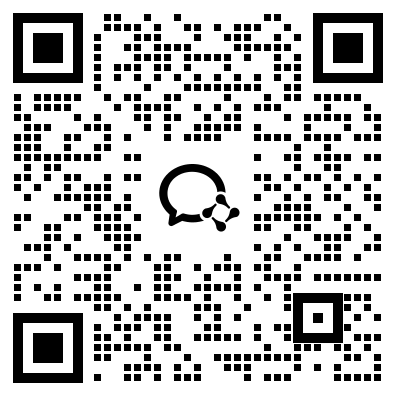Supplementary Material for: The Effects of Mindfulness for Youth (MYmind) versus Group Cognitive Behavioral Therapy (CBT) in Improving Attention and Reducing Behavioral Problems among Children with Attention Deficit Hyperactivity Disorder (ADHD) and Their Parents: A Randomized Controlled Trial|儿童心理健康数据集|认知行为疗法数据集
收藏Mendeley Data2024-06-25 更新2024-06-27 收录
下载链接:
https://karger.figshare.com/articles/dataset/Supplementary_Material_for_The_Effects_of_Mindfulness_for_Youth_MYmind_versus_Group_Cognitive_Behavioral_Therapy_CBT_in_Improving_Attention_and_Reducing_Behavioral_Problems_among_Children_with_Attention_Deficit_Hyperactivity_Disorder_ADHD_a/24623946
下载链接
链接失效反馈资源简介:
Introduction There is a lack of studies evaluating mindfulness-based interventions for children with ADHD compared with an evidence-based control. This randomized controlled trial (RCT) evaluated the effects of Mindfulness for Youth (MYmind) in improving children’s attention, behavior and parent related outcomes versus cognitive behavioral therapy (CBT). Method A total of 138 families of children with ADHD aged 8-12 years were recruited from the community with 69 randomized to MYmind and 69 to CBT. Participants were assessed at baseline, immediately after intervention, at 3 months and 6 months. The primary outcome was the attention score of the Sky Search subtest of the Test of Everyday Attention for Children (TEA-Ch). Secondary outcomes were child behavior and parent-related assessments. Linear mixed models (LMMs) were used to assess the efficacy of MYmind compared with CBT. Results Both MYmind and CBT significantly improved children’s attention score at 6 months (MYmind: β = 1.48, p = 0.013, Cohen’s d = 0.32; CBT: β = 1.46, p = 0.008, d = 0.27). There were significant within-group improvements in most secondary outcomes. No significant difference was shown for both primary or secondary outcomes between the two arms at any time point. Conclusions Both MYmind and CBT appeared to improve children’s attention and behavior outcomes, although no difference was found between these two interventions. This is the largest RCT so far comparing MYmind and CBT although there was loss of follow-up assessments during the pandemic. Further RCTs adopting a non-inferiority design are needed to validate the results.
创建时间:
2023-12-03



